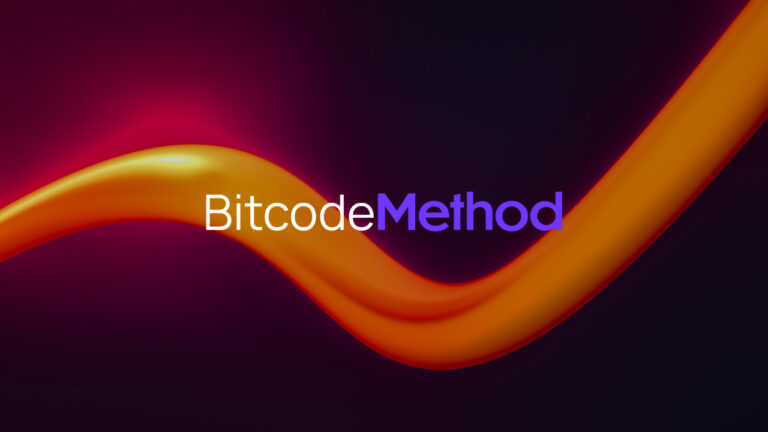Quantum computers may one day crack Bitcoin’s encryption. But it is more likely that cryptography will outwit future generations of supercomputers. Belgian freelance journalist Jeremy Van der Haegen covers politics and business in the Asia-Pacific region, cryptocurrencies and blockchain technology.
One of the biggest problems with blockchain systems is their inability to resist rapidly-evolving machines called quantum computers.
Qubits, an evolution of the binary bit, are used by these powerful computers to solve complex problems. They use quantum physics to solve them. Qubits can represent both 1 and 0 simultaneously, which promises an exponential rise in computing power.
This technology is being developed by the world’s most powerful superpowers, who are investing billions of USD in it. The nation or company that first harnesses quantum computing will be able to crack the encryption protecting sensitive documents of rivals.
The cryptography that protects their tamperproof ledgers could be at risk in the case of blockchain systems. In February, researchers at the University of Sussex found that a quantum computer of 1.9 billion qubits could crack the encryption protecting Bitcoin in just 10 minutes. The task could be completed in just 13 million qubits, which takes about one day.
It is still a long way off from being able to deploy quantum computers with many qubits. IBM just unveiled its 127-qubit processor last year. A unit with 1,000 qubits will be available by the end 2023.
Jens Groth, a Dfinity professor of cryptology and an encryption researcher, said that “We are not there yet.” “No one knows the exact timeframe, but blockchain could be at risk in 10 to 20 years,” said Jens Groth, a Dfinity professor of cryptology and encryption researcher.
Groth emphasized that there is a distinction between two types qubits–logical and physical. This refers to a qubit which achieves superposition between 1 & 0 through a quantum gate. A logical qubit consists of nine physical qubits. He explains that company announcements regarding a milestone in a novel qubit usually refer to physical qubits and not logical ones.
Defenders hold the upper hand
Researchers like Groth don’t consider quantum computers to be a threat to blockchain technology. However, they continue to experiment with possible solutions. Groth states that “cryptographers do reflect upon what a suitable countermeasure might look like.”
Blockchain developers have an advantage in the fight against increasing computing power. They can increase the number digits of the cryptographic keys that secure the chain, which is a faster process than for attackers to catch up. Groth asserts that the defenders are winning this fight in the long-term.
This is apparent in the field symmetric key encryption, when you examine the AES (Advanced Encryption Standard). Classic attackers and quantum computers could crack the most common 128 key variant. The AES256 variant, which has twice as many keys, seems strong enough to withstand brute force attacks from quantum machines in the foreseeable future.
However, some cryptographers are skeptical about making encryption the winner in a postquantum world. “It is very difficult to predict whether it will be possible to continue scaling up key sizes against powerful quantum computers,” says Angshuman Karmakar (research associate, Computer Security and Industrial Cryptography) at the KU Leuven.
When you’re on defense, it is important to be pessimistic. An algorithm that gives attackers an advantage could suddenly emerge. Karmakar states that although the probability of such an event is very low, it cannot be ruled out.”
Lattice-based cryptography is another possible solution to quantum attacks. This encryption adds mathematical noise to the equation that can even confuse a futuristic supercomputer. Quantum computers could locate a needle in the haystack, by doubling their chances of finding it. Groth says that computers cannot exploit certain structures.
Karmakar says that lattice-based encryption solutions are in the process to standardize and should be available for public use within the next few days. It will all depend on how quickly the industry can apply new encryption. He also said that quantum computers still have a long way to go before they can crack a blockchain.
Cryptographers find it the most difficult task to implement an encryption upgrade in a blockchain system. Every node in a blockchain such as Bitcoin will need to be persuaded to use a different encryption method. The Internet Computer, a governance protocol, could update its system automatically through user voting. In all cases, collective determination is essential.
However, upgrading private keys could lead to new vulnerabilities. Groth explains that new keys will be generated after the system has successfully implemented post-quantum encryption. Users will need to sign with their existing key to activate the switch to the new one.
Inactive users may not upgrade their private keys, which could lead to serious problems. Large dormant wallets like those containing approximately 1 million bitcoins and allegedly belonging to Satoshi Nakamoto will likely not see an encryption upgrade. Even if the blockchain has been upgraded, this could make certain legacy parts of the crypto ecosystem vulnerable to quantum-based attacks.
Bottom line: While blockchains may appear to be safe from quantum computing for the moment, developers will need remain vigilant and be prepared to take new steps in order to make sure this continues.










